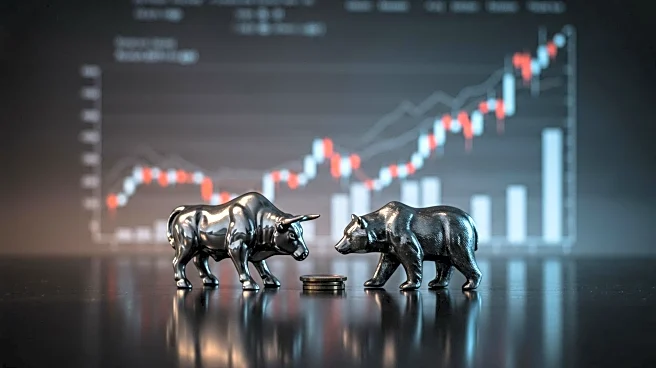Rapid Read • 8 min read
Ahlstrom-Munksjö executed a €8 billion exit strategy through a consortium-led tender offer in 2020, marking a significant case study in ESG transformation within the industrial materials sector. The acquisition, led by Ahlström Capital, Bain Capital Private Equity, and other investors, was completed at a 41% premium over its 12-month volume-weighted average price. This move underscores a shift in capital markets where companies aligning with global sustainability goals are rewarded with premium valuations. Ahlstrom-Munksjö's strategic ESG initiatives included a Science-Based Target initiative-approved net-zero roadmap by 2050 and the adoption of an EcoDesign Tool, which resulted in 83% of new products achieving a positive EcoDesign score by 2021.
AD
The significance of Ahlstrom's exit strategy lies in its demonstration of how ESG initiatives can drive financial outcomes and attract investor interest. Companies with strong ESG profiles, particularly in the industrial materials sector, have experienced higher valuation multiples, as highlighted by research from MSCI and Credit Suisse. Ahlstrom's proactive approach to climate risk management and supply chain transparency resonated with investors seeking resilience in a decarbonizing economy. The timing of the exit coincided with increased ESG-focused capital flows and regulatory tailwinds, enhancing the company's competitive advantage.
Ahlstrom's case offers valuable lessons for industrial investors, emphasizing ESG as a value driver and the strategic flexibility of private ownership. Going private allows firms to pursue aggressive ESG agendas without the constraints of quarterly earnings expectations. Ahlstrom's post-exit acquisitions, such as Stevens Point in 2025, demonstrate how private ownership can accelerate growth in niche markets. Investors aligning with ESG trends and technological advancements in decarbonization can capitalize on the next wave of industrial transformation.
Ahlstrom's journey offers a blueprint for industrial firms seeking to thrive in the green economy. The future of value creation in industrial materials lies in transforming resources into sustainable solutions. As global markets prioritize sustainability, companies that combine operational rigor with visionary ESG goals will likely dominate industrial growth. For investors, the focus should be on identifying companies best positioned to lead the transition to a sustainable economy.
AD
More Stories You Might Enjoy










